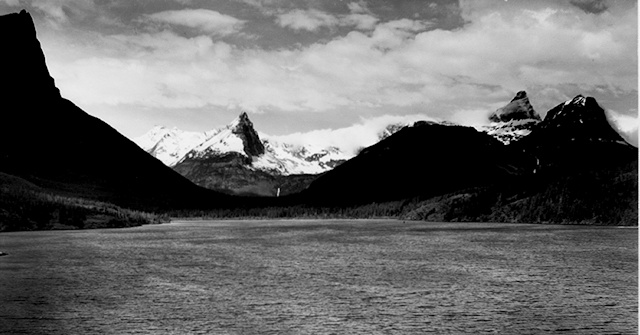The Flathead Beacon has a nice retrospective on the 2003 fire season, the Robert Fire in particular . . .
The rolled-up maps in Dennis Divoky’s office show the enormity of the 2003 fires in Glacier National Park. Huge swaths of land are colored in red and orange, depicting in print the 136,000 acres of land burned that summer. It was the biggest fire season in the park’s history – even larger than 1910’s “Big Burn.”
“The 2003 season is the pinnacle,” said Divoky, fire ecologist for the park.
That summer, the National Park Service responded to 26 wildfires that scorched roughly 13 percent of the park’s land. Of those, six blazes were larger than 10,000 acres. The Robert Fire alone burned 57,570 acres of land in the park and Flathead National Forest and forced multiple evacuations of the Lake McDonald Valley and West Glacier. By September, the fires had cost the Park Service more than $68 million.
